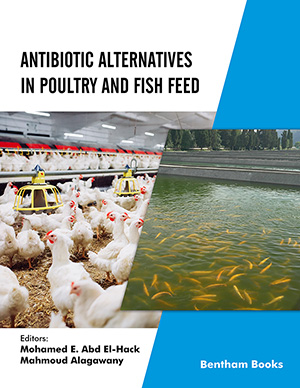Abstract
Heating foods has many advantages since it adds taste, color, texture and minimizes harmful germs, among others. Flavor and aroma compounds are produced via the Maillard reaction, where various hazardous compounds may form as well, such as acrylamide. Maillard reaction is believed to be the main route for acrylamide formation between reducing sugars (glucose and fructose), sucrose, and the amino acid asparagine, and, consequently, a variety of technologies have been developed to reduce acrylamide concentration in thermally processed foods based either on: (i) Changing process parameters (e.g. time and temperature of cooking) which inhibits Maillard Reaction; (ii) Reducing acrylamide precursor levels in raw materials to be cooked at high temperatures (e.g. by using microorganisms, asparaginase, amino acids and saccharides, blanching, etc.). In this paper, most of the recent patents for acrylamide reduction in foods processed at high temperatures are mentioned and briefly analyzed in order to develop new mitigation techniques for acrylamide in different food matrixes.
Keywords: Acrylamide, asparagines, mitigation, Maillard reaction, precursors, process parameters, reducing sugars, Genetic Modification, acrylamide in food, Low Acrylamide Food
 9
9


















